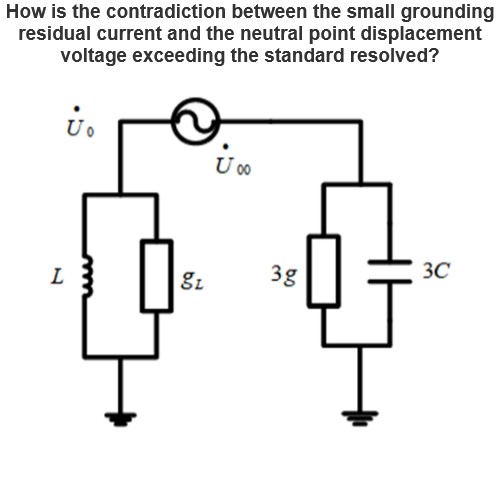Power factor test on circuit breakers

Assessing the Integrity of Internal and External Insulation
To ensure the reliability and safety of circuit breakers, it is essential to evaluate both their internal and external insulation. Testing equipment typically has an output voltage of 10 kV and is designed to be portable so that it can be used in all substation environments. While this testing is primarily used for oil circuit breakers (CBs), it can also be applied to SF6 switchgear.
Purpose of Power Factor Tests
Power factor tests are conducted to detect contamination and/or deterioration within the breaker’s insulating system, allowing for corrective actions to maintain the integrity of the breaker. This is achieved by measuring the dielectric loss and capacitance of the insulation and calculating the power factor. An increase in dielectric loss and power factor indicates a rise in contamination levels within the insulating system, which can reveal:
- Moisture contamination: Resulting from leaks or incomplete cleaning and drying.
- Deterioration of line-to-ground and contact-grading capacitors.
- Surface contamination of weather sheds.
- Deterioration of insulating components such as operating rods, interrupters, and interrupter supports caused by corrosive arc by-products.
- Impurities, contaminants, and/or particles within the insulating medium.
Test Equipment
The figure below illustrates three types of power factor test sets. These devices assist technicians in accurately assessing the condition of insulation, enabling timely detection of potential issues and facilitating necessary repairs. This helps extend the lifespan of the equipment and enhances overall system reliability.
Note: Although images cannot be directly displayed here, please refer to specific equipment manuals or resources for detailed illustrations of the test setups. Additionally, always follow the technical documentation and manufacturer recommendations for the specific equipment when conducting tests in practical applications.
Hello,I'm Wdwiin. A decade of hands-on experience in electrical engineering, specializing in high-voltage systems, smart grids, and renewable energy technologies. Passionate about technical exchange and knowledge sharing, committed to interpreting industry trends with professional insights to empower peers. Connection creates value—let’s explore the boundless possibilities of the electrical world together!













